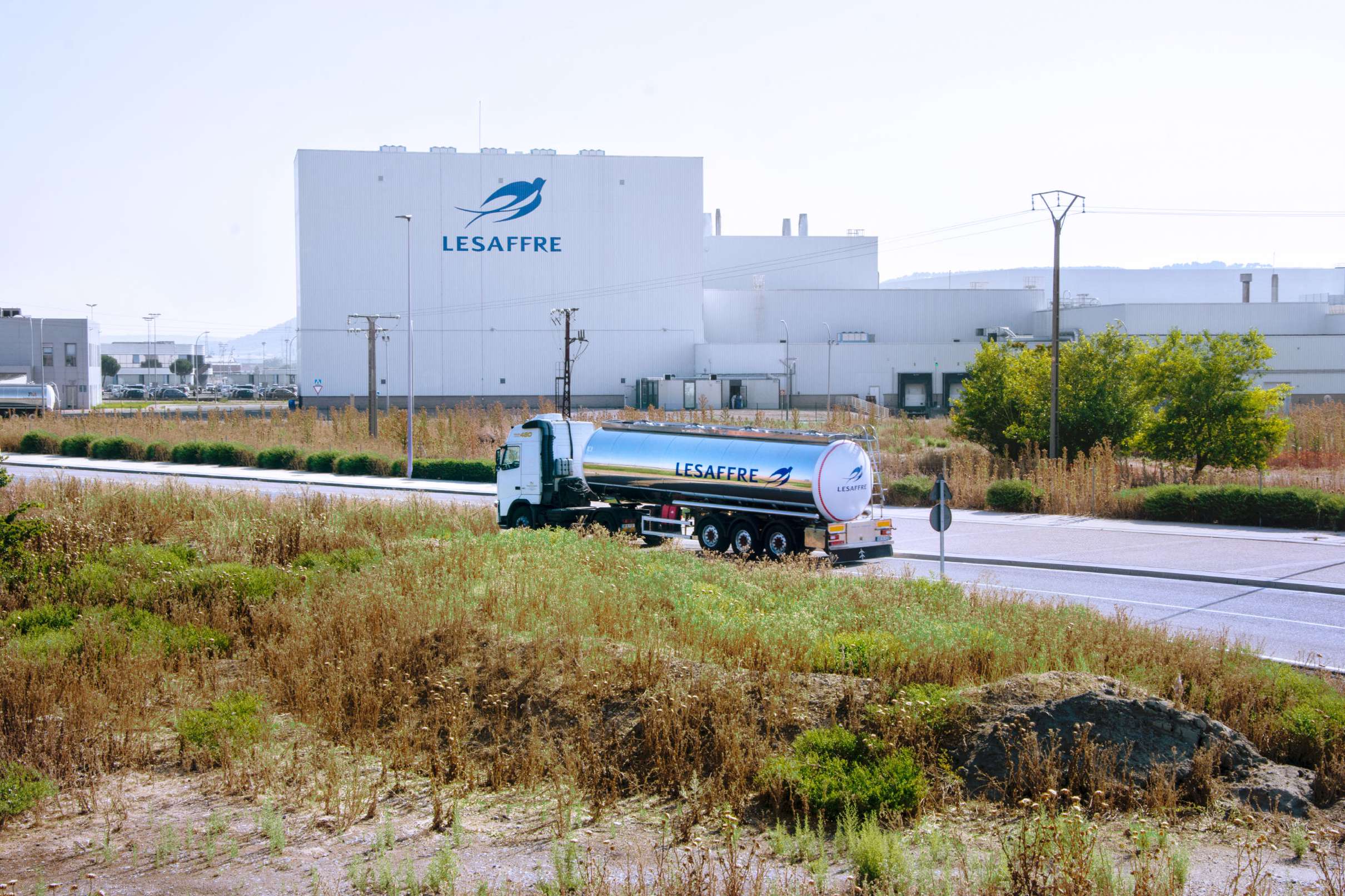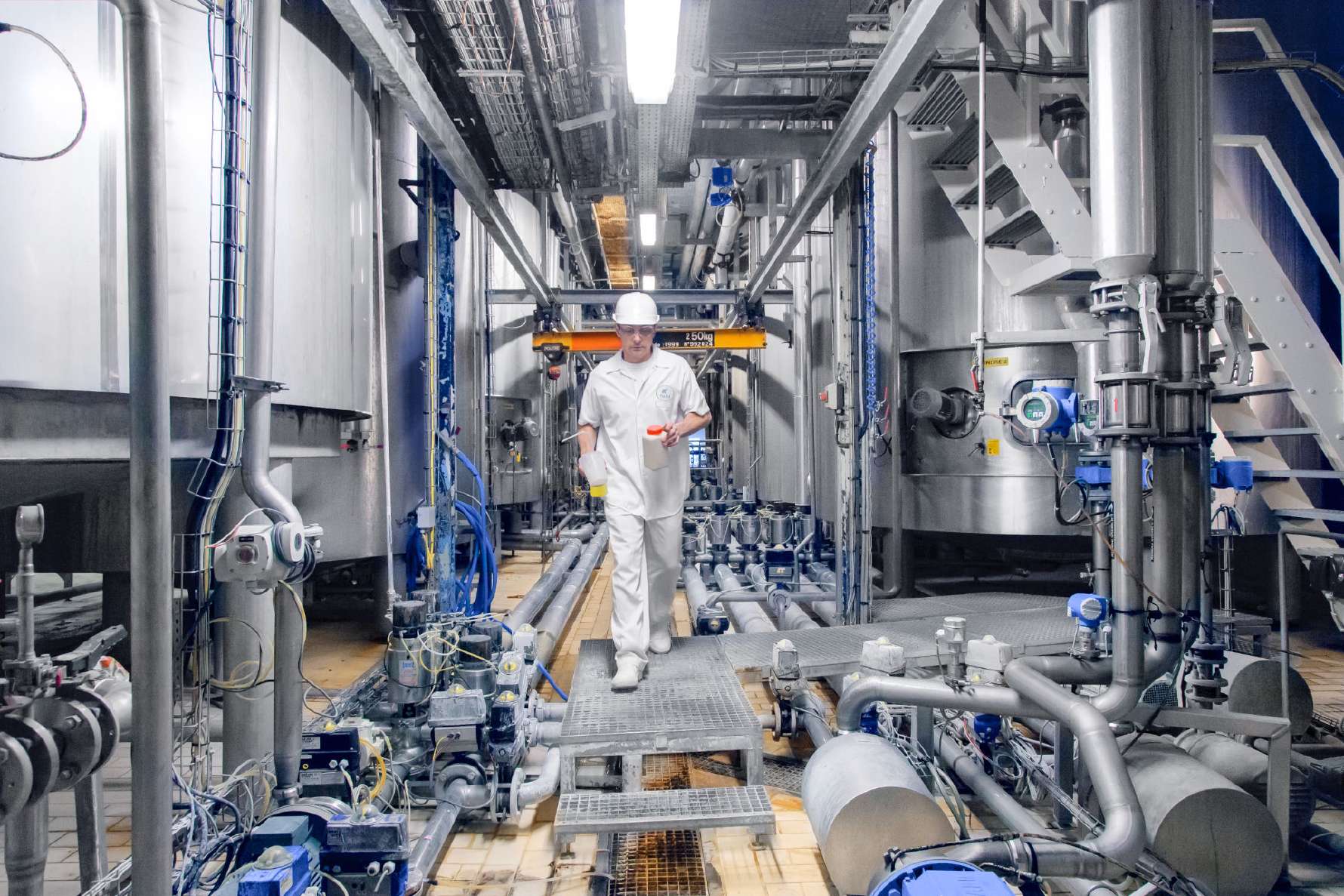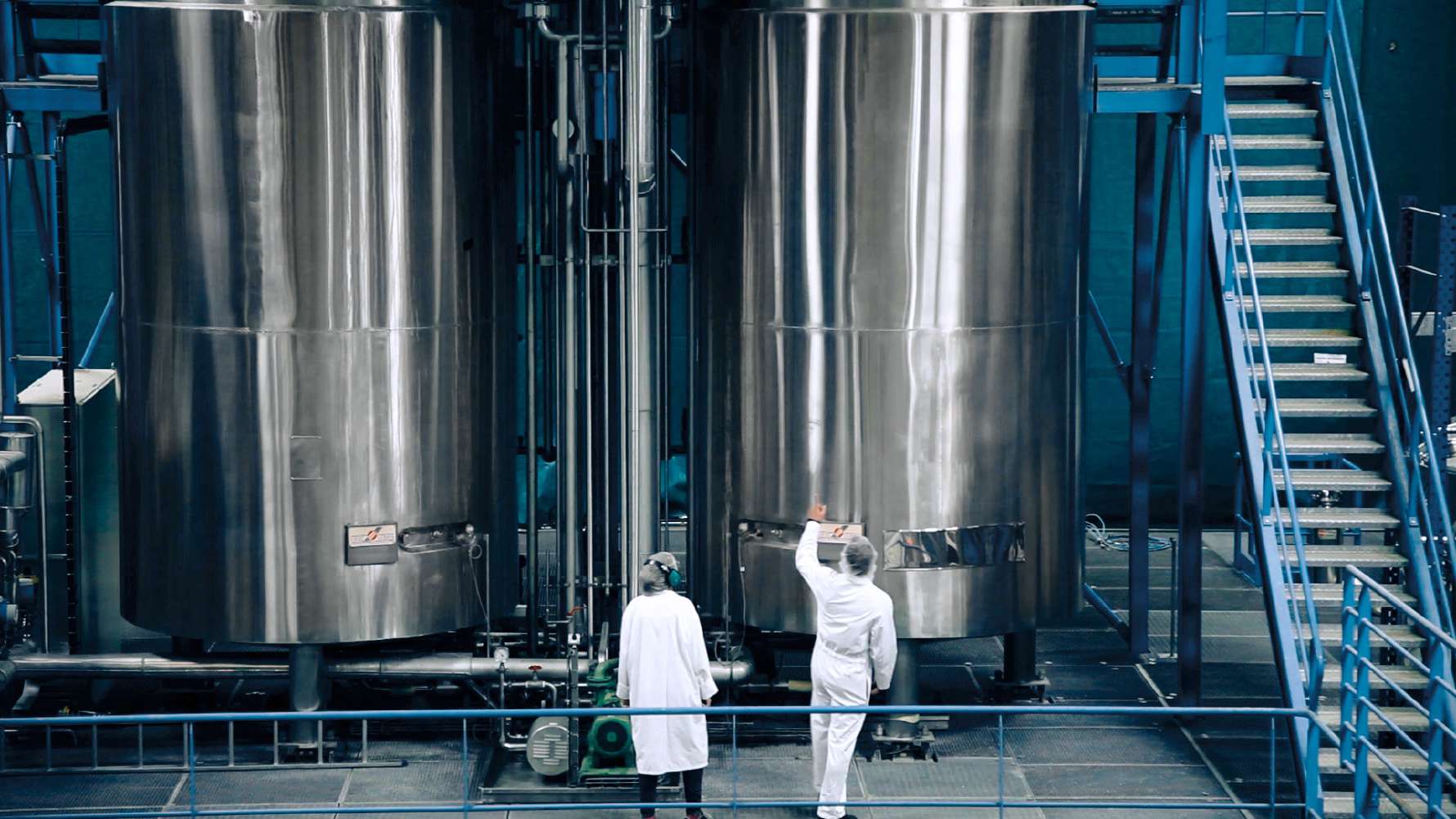Related story
How our historian's event module module enabled Lesaffre Group to speed up reporting and improve quality.
How automated production event detection and analysis saved Lesaffre Group from the hassle of complex integration scripts.
Questions about this case? Contact us!The global fermentation expert Lesaffre Group wanted to test if it could replace its manual data transformation workflow with an automated solution for process event detection and data aggregation. To make that happen, we rolled out a PoC of Factry Historian’s event module. Discover the results.
We could think of many reasons for companies to implement Factry Historian, but one Lesaffre Group production site had a very specific reason in mind. Their main goal was to see how they could radically simplify the transformation process from raw production data into aggregated data that is readily available for advanced business or operational analysis.
“Whenever we roll out a new solution, we always run a pilot project first”, says Regional Project Manager Rastislav Potocny, who is managing and coordinating Lesaffre Group’s ‘Factory 4.0’ initiatives in the OCEA region (Russia, Ukraine, Central and Southeastern Europe). “In case of success, these pilot projects can then be scaled to other facilities. That is exactly what we’ve been doing with Factry Historian.”

For more than a century, Lesaffre Group has been a key global player in the fermentation of microorganisms (yeasts, bacterias) for baking, taste, healthcare, and biotechnology. The company has an annual turnover of €2.2 billion and counts 11.000 employees worldwide. With a complete range of flagship products, Lesaffre Group’s mission is to nourish an ever growing human population in a healthy way, and make the most of our planet’s natural resources by continuing to explore and reveal the infinite potential of microorganisms.
Previously, data transformation from a time-series to an SQL-format was done through custom Excel or Microsoft SQL integrations, which were often very complex. They already figured out a stable logic, and thus knew what to do. However, they didn’t know how to do it in a more efficient and scalable way.
Up until now, transformation of raw data was done through custom Excel and Microsoft SQL integration scripts, which were often very complex and quite difficult to understand. With Factry Historian’s event detection and analysis module, we are now able to automatically transform the raw data in an open SQL database, based on an easily configurable event detection logic.
Rastislav Potocny
Factory 4.0 Regional Project Leader Oriental & Central European Area (OCEA) at Lesaffre
The technical objective of this pilot project was to develop a flexible way to transform raw time series data into a PostgresQL database, without the need for these custom integration scripts. Another condition was that the solution should be quickly repeatable on other production sites, in a cost-effective way.

Situated right in the middle between the OT and IT level, Factry Historian’s event module collects and stores data from sensors and equipment, puts a layer of custom logic on top, and enables the company to look for patterns and anomalies in processes, whether it is on an operational or a business level.
Through an easily configurable event detection logic, the company can now detect and capture any type of process event that has a start and an end time, going from batches, orders, over to recipe changes and unplanned downtime.
Adding new events used to take expert skills. Today, adding new configuration logic can be done through drag-and-drop. After that, anyone can start analysing the data, without ever needing a developer or automation expert.
Configuring new events is as easy as drag-and-drop. You can simply click and set each variable, and choose between an aggregation function. The initial set-up requires some knowledge of automation and PLCs, yet once the measurements are set, anyone can start analysing the data without needing an automation or data science expert. That’s a big step forward for us.
Rastislav Potocny
Factory 4.0 Regional Project Leader Oriental & Central European Area (OCEA) at Lesaffre
Transforming time-stamped production data into tangible business insights was a hassle. Raw production data is now automatically aggregated in an SQL relational database, without having to rely on cumbersome scripts.
Thanks to the characterising openness of our historian solution, the platform is able to connect with any other system or data source and is much easier to modify afterwards – without being stretched out by a traditional vendor.

The path towards the PoC’s end goal consisted of three steps:
The hardest part of the PoC was not the implementation itself, but rather defining the specifications and requirements. Before we dived deep into the technical rollout of the historian and the event module, we figured out what the underlying goals of the project were, and which goals had to be accomplished.
On that basis, we defined the scope of work, and set up a detailed project timeline. Based on that timeline, six deliverables were defined, going from the installation of the historian, to the import of the current data into Factry Historian, over to implementation of the event detection logic.
In weekly follow-up meetings with both the Factry team and different stakeholders from Lesaffre Group, we discussed ongoing issues in the implementation process and presented the backlog. Those weekly meetings were also the time to clear out minor details. Afterwards we delivered a report.

Various roles within the company can benefit from the aggregated data, going from operators, and process engineers, all the way up to the C-suite. To surface operational or business insights, or speed up the reporting process.
The historian can handle 10.000s of data collection points around the plant. And through the openness of the software, the solution is ready to scale over multiple production sites in a quick, highly effective and cost-effective way.
Through a web-based platform, data is made accessible to an unlimited number of employees, enabling multiple roles within the company to compare batches or process values, draw reports, and improve their processes.
How much compressed air does fermentor A use compared to others? How much was produced on line B in one week? What was the average temperature of batch C? The right answer to any of these questions is just a few clicks away.
Factry Historian brings detailed performance graphs and production curves from the business level to the operational level. In case of deviations, operators can intervene much quicker, as if they’re sitting in a control tower.
Whereas SCADA-systems are typically not designed to gain insights in a self-serviced way, Factry Historian gathers people around the company’s production data, growing their process knowledge and involvement.
By collecting and storing an infinite amount of production data, Factry Historian acts as a solid data layer to build new and more advanced Industry 4.0 initiatives upon, such as predictive analytics.
Factry helped us to quantify the results, and translate the PoC into a number of deliverables we could touch and compare. That’s a very different approach from giant companies, who will expect you to point out specific requirements and specifications, and probably won’t spend much time helping you to understand what you really want. To us, this made all the difference.
Rastislav Potocny
Factory 4.0 Regional Project Leader Oriental & Central European Area (OCEA) at Lesaffre

* Images obtained with permission from Lesaffre from https://medialibrary.lesaffre.com/lesaffre/sharedBasket?token=bs1lYX3GZ